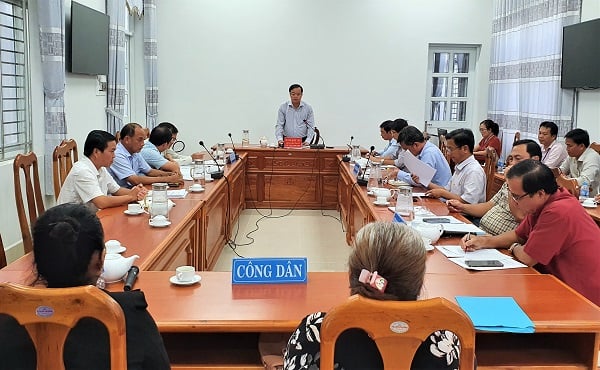What are the design requirements for pedestrian suspension bridges in Vietnam?
This is important content stipulated in Circular 11/2014/TT-BGTVT providing guidelines for the design, construction, and acceptance of pedestrian suspension bridges, issued by the Minister of Transport of Vietnam, effective from June 15, 2014.

What are the design requirements for pedestrian suspension bridges in Vietnam? - Illustrative image
According to Article 4 of Circular 11/2014/TT-BGTVT, the general design requirements for pedestrian suspension bridges in Vietnam are as follows:
- The components and main parts of pedestrian suspension bridges include: main cables, bridge towers, abutments (shore piers), deck systems, anchorages, suspension cable systems.
- The minimum design life of pedestrian suspension bridges is 25 years.
- Type I and Type II pedestrian suspension bridges may allow animal-drawn carts to travel through, but only in one direction at a time, with one vehicle passing at a time, and must have warning signs to ensure visibility when vehicles enter and exit the bridge.
When planning to build Type I and Type II pedestrian suspension bridges, comparisons with cable-stayed bridges and rigid bridges must be made to select the most economical option, considering maintenance costs during the design life of the bridge.
- To provide data for the design of pedestrian suspension bridges, surveys, and other relevant legal regulations must be conducted.
- When designing structural and foundation components of pedestrian suspension bridges, general regulations of Standard 22TCN 272-05 on calculation theory according to limit states, structural and foundation calculation contents, geological, hydraulic, and hydrological requirements, structural safety requirements and means must be followed.
- Other requirements according to Article 4 of Circular 11/2014/TT-BGTVT.
More details can be found in Circular 11/2014/TT-BGTVT issued on April 29, 2014.
Thuy Tram
- Resolution 190: Guidance on citizen reception, complaint and denunciation resolution during organizational restructuring process in Vietnam
- Provisions on naming and use of seals after the organizational restructuring in Vietnam according to Resolution 190
- Continue to implement regulations related to the operation of four-wheeled vehicles with engines in Vietnam
- Supreme People's Court of Vietnam will conducting asset and income verification of 37 individuals in 2025
- Provision of public information services to support public access to information in particularly difficult communes in Vietnam from April 5, 2025
- General principles for allocating public investment capital from the state budget in Vietnam for the 2026 - 2030 period
-

- Resolution 190: Guidance on citizen reception ...
- 09:00, 22/02/2025
-

- Provisions on naming and use of seals after the ...
- 08:00, 22/02/2025
-

- Program for the development of the pharmaceutical ...
- 17:36, 21/02/2025
-

- Supreme People's Court of Vietnam will conducting ...
- 17:00, 21/02/2025
-

- Provision of public information services to support ...
- 16:30, 21/02/2025
-

- Resolution 190: Guidance on citizen reception ...
- 09:00, 22/02/2025
-

- Provisions on naming and use of seals after the ...
- 08:00, 22/02/2025
-

- Continue to implement regulations related to the ...
- 17:30, 21/02/2025
-

- Amendments to regulations on the salary scale ...
- 17:30, 21/02/2025
-

- Supreme People's Court of Vietnam will conducting ...
- 17:00, 21/02/2025
 Article table of contents
Article table of contents
